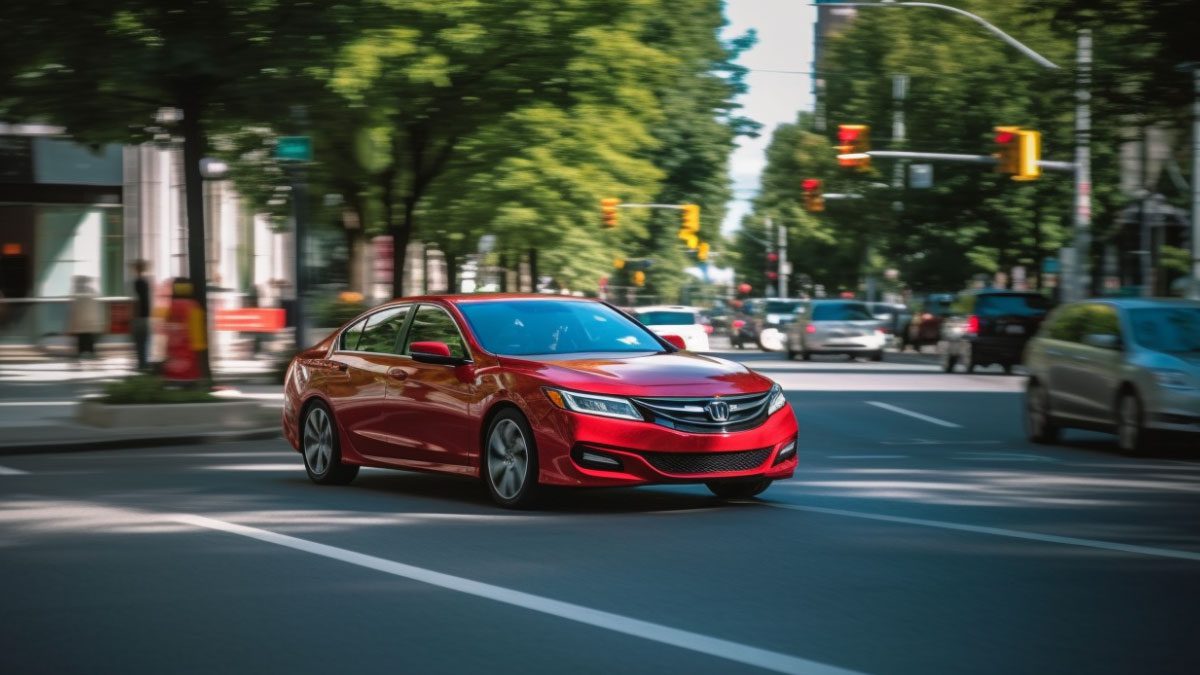Can You Drive With the ABS Light On? Safety and Legality Explained
You’re on the road, cruising, when suddenly, you notice that ominous ABS light glaring at you from the dashboard. Panic sets in, and questions start flooding your mind.
Can you drive with the ABS light on? Well, the answer to this question requires careful consideration. While operating your vehicle with the ABS light is possible and legal, it’s crucial to understand the risks involved. The light indicates a malfunction that could compromise your braking performance and overall safety on the road.
In this comprehensive article, we’ll unravel the mysteries of the ABS warning light. We’ll also explain how the ABS works and shed light on the safety and legality of driving with the ABS light on.
Understanding the ABS
Before exploring whether you can drive with the ABS light on, it’s essential to grasp the fundamental workings of this system. This will help you understand whether you can do without it on the roads.
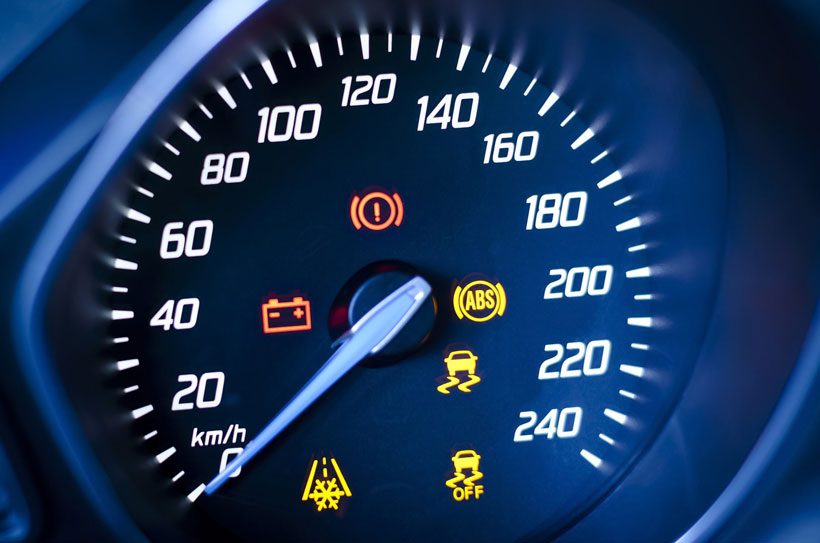
What Is ABS?
ABS stands for Anti-lock Braking System. It is a sophisticated safety feature that prevents wheel lock-up during braking. This advanced system utilizes ABS sensors, an ABS control module, and an ABS hydraulic unit. These components enable it to modulate brake pressure accordingly.
Functions of the ABS
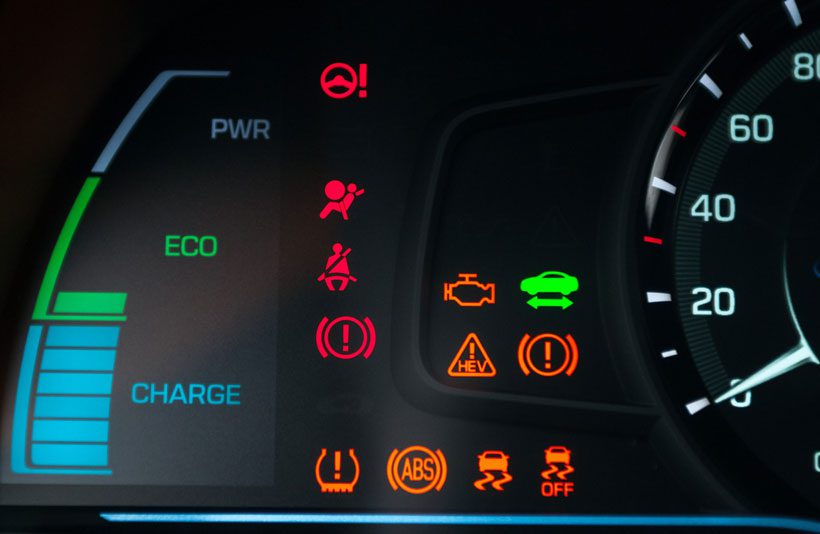
Here are the roles of this system in your vehicle:
- Prevents wheel lock-up: When the system detects a potential lock-up, it modulates brake pressure on the affected wheel or wheels. This ensures they continue rotating and preventing skidding.
- Improves steering control: By preventing wheel lock-up, the driver can retain the ability to steer the vehicle. This capability is particularly essential when sudden maneuvers or obstacle avoidance is required. The system ensures that the wheels maintain grip and respond to steering inputs.
- Reduces braking distance: ABS allows the wheels to rotate freely, maximizing the friction between the tires and the road surface. This optimized frictional force helps the vehicle decelerate efficiently, enabling shorter stopping distances.
- Enhances stability on various surfaces: Whether wet, icy, or uneven terrain, the system adjusts brake pressure to each wheel independently. This adjustment prevents any wheel from locking up. Hence the vehicle maintains stability and control regardless of the road.
Safety Implications of Driving with ABS Light On
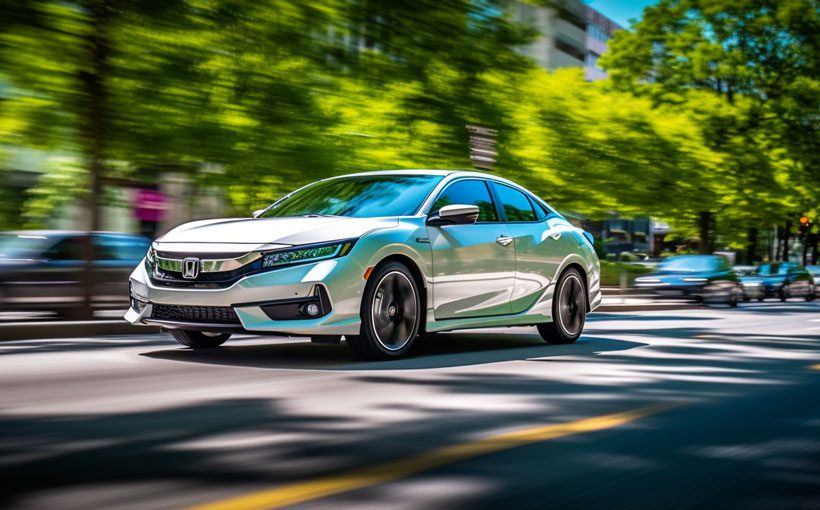
Driving with the ABS light on has several safety implications, such as:
1. Compromised Braking Performance
The ABS is designed to prevent wheel lock-up and maintain traction during braking, ensuring optimal control and stability.
Without functioning ABS, the wheels may lock up more quickly, potentially resulting in longer braking distances. This compromise in braking performance significantly increases the risk of accidents.
2. Reduced Steering Control
When the ABS light is on, and the system is not operating correctly, it can negatively impact steering control. Without ABS intervention, the wheels will lock up.
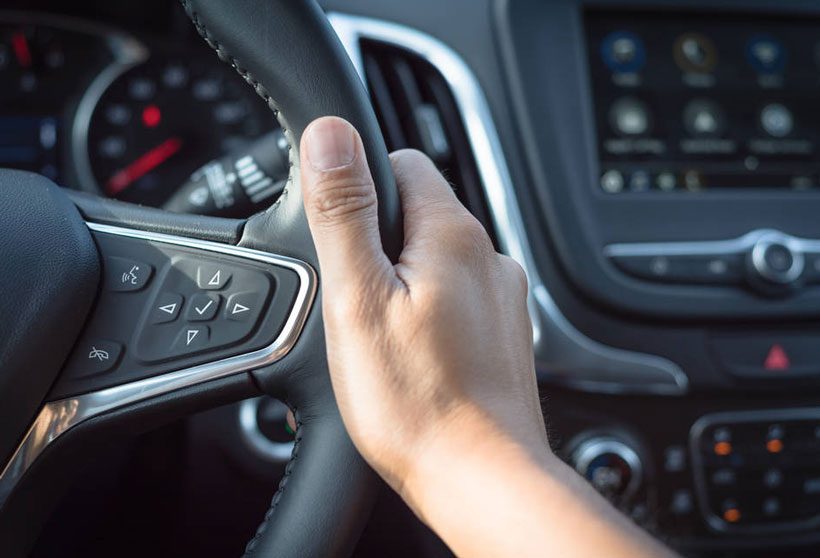
This will cause the vehicle to lose stability and make it challenging to steer and maneuver effectively. This reduction in steering control will act against you in hazardous road conditions or situations that require precise handling. Hence, increasing the risk of collisions and loss of control.
3. Increased Risk of Skidding
Without ABS, the wheels will lock up when braking. This will result in uncontrolled sliding and skidding.
Skidding reduces traction with the road surface, making maintaining control over the vehicle difficult. This heightened risk of skidding poses a significant safety concern on slippery or uneven surfaces.
4. Limited Stability and Traction
Uncontrolled wheel lock-up will lead to a loss of traction, reducing the vehicle’s ability to grip the road surface effectively. This limited stability and traction can make it challenging to maintain control.
Your vehicle will not have the traction and stability needed for sudden maneuvers or when encountering obstacles. This increases the potential for the vehicle to veer off course, spin out, or experience other stability-related issues. It will pose a significant safety risk to drivers, passengers, and other road users.
Legal Implications of Driving with ABS Warning Light
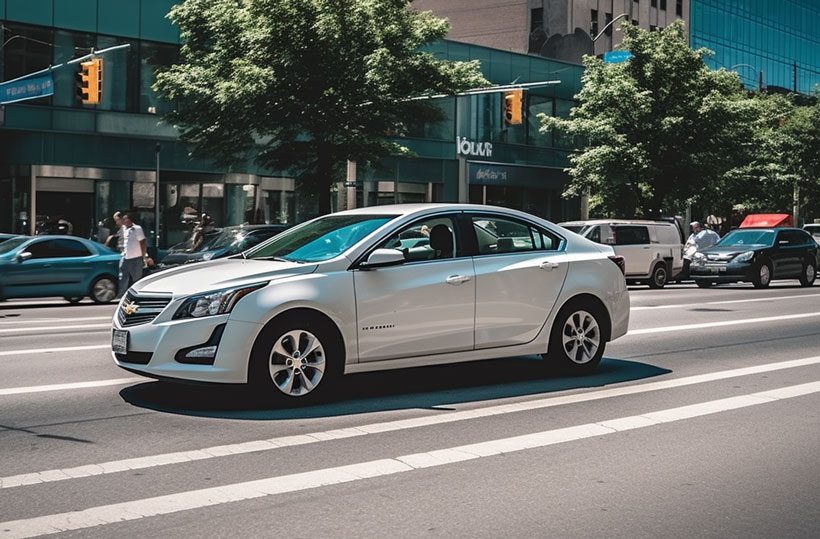
Here are the implications of driving with ABS light ON:
1. No Traffic Violation
Driving with the ABS warning light illuminated does not typically result in a specific traffic violation. Law enforcement officers in the United States and many other countries generally do not specifically enforce this.
Traffic enforcement focuses primarily on violations such as speeding, reckless driving, or running red lights. They never consider the status of the warning lights on the vehicle’s dashboard.
2. Increased Liability in Accidents
If an accident occurs while driving with the ABS warning light illuminated, the driver’s legal liability may be affected. Negligence claims could be raised against you. They could argue that your failure to address the ABS malfunction contributed to the accident or exacerbated its consequences.
Most insurance companies investigate the circumstances surrounding the accident, including the condition of the vehicle. If it is determined that the vehicle’s condition contributed, the company can take it as a factor that affects coverage.
3. Manufacturer’s Warranty Voidance
Most vehicle warranties include provisions that require timely repair and maintenance of safety-related components. The ABS is among such systems. Failing to rectify the ABS warning light may void warranty coverage for any related repairs or replacements.
Refer to your vehicle’s warranty documentation for more details. You can also contact the manufacturer for specific warranty provisions related to ABS malfunctions.
So, Can You Drive with the ABS Light On?
You can drive with the ABS light on and still reach your destination. But, we do not recommend it due to the legal and safety implications involved.
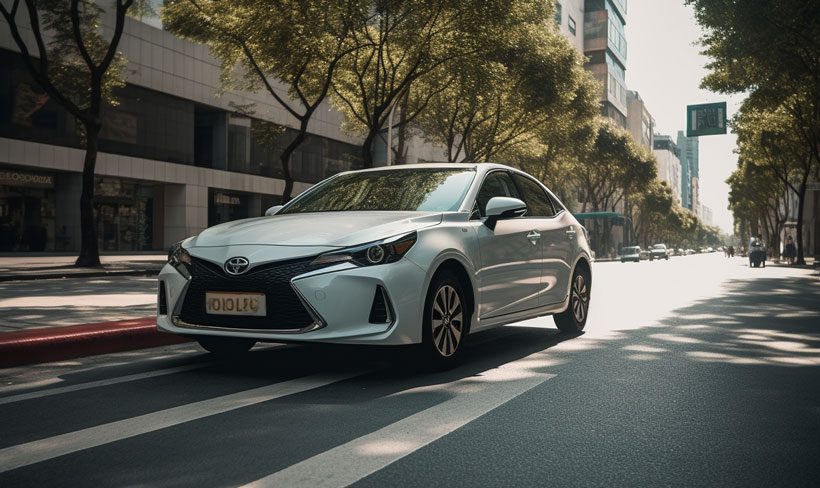
However, there may be exceptional situations where driving with the ABS light on becomes unavoidable due to certain circumstances:
1. Emergency Situations
Driving with the ABS light on might be the only option in emergencies where immediate repair is not feasible.
For example, if the ABS light comes on while you are in a remote area without nearby repair services, just drive. Also, during adverse weather conditions, continue driving till you reach a safer location or seek help.
2. Critical Work Obligations
In cases where you rely on the vehicles for critical work obligations, just drive it. People like emergency responders or essential service providers might have no choice but to continue driving with the light on. These professionals often have time-sensitive responsibilities that cannot be delayed.
3. Limited Transportation Options
Driving with the ABS light on might be the only means of reaching essential destinations. This could occur in areas with limited public transportation or when specific personal circumstances necessitate immediate travel.
Staying Safe While Driving With ABS Light On
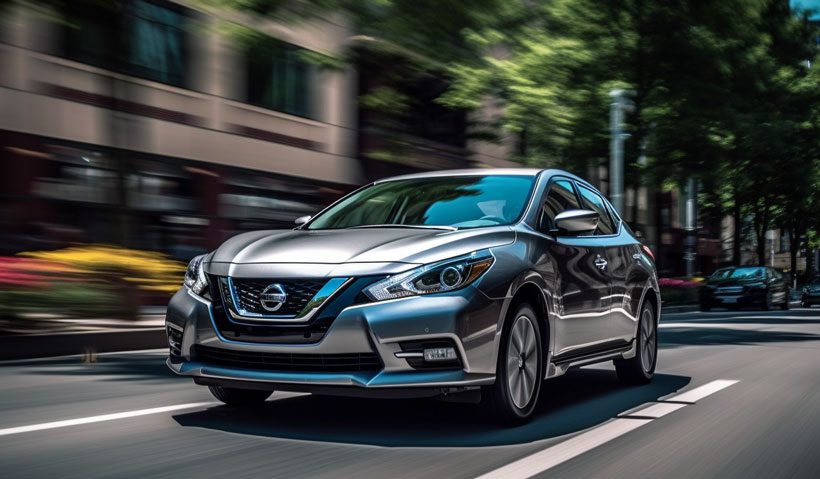
If you decide to take on your journey with the warning light on, here is how to stay safe:
1. Maintain Cautious Driving Practices
Use the following tips to be cautious:
- Keep a safe following distance: Increase your following distance to allow for extra braking distance. The distance will be handy in case of emergency stops or unexpected situations. This gives you more time to react and helps compensate for potentially compromised braking performance.
- Reduce speed: Drive at a moderate speed to improve your ability to control the vehicle and respond to any sudden braking situations. Slowing down allows for better maneuverability and reduces the likelihood of skidding or losing control.
- Smooth braking technique: Apply the brakes smoothly and progressively, avoiding sudden or harsh braking maneuvers. Gentle, gradual brake applications help minimize the chances of wheel lock-up and maintain better control over the vehicle.
2. Practice Defensive Driving
Defensive driving techniques become even more critical when driving with the ABS light on. Implement the following strategies:
- Anticipate and predict hazards: Be vigilant and scan the road ahead for potential hazards or situations requiring sudden braking. This proactive approach helps you prepare and respond appropriately, reducing the need for sudden and aggressive braking.
- Increase situational awareness: Stay focused on the road, observing the behavior of other drivers and anticipating their actions. Maintaining a high situational awareness helps you react quickly to potential hazards or sudden stops from other vehicles.
- Communicate with other drivers: Use turn signals, headlights, and hazard lights effectively to communicate your intentions to other drivers. Clear communication helps prevent misunderstandings and promotes safer driving interactions.
3. Regular Vehicle Maintenance
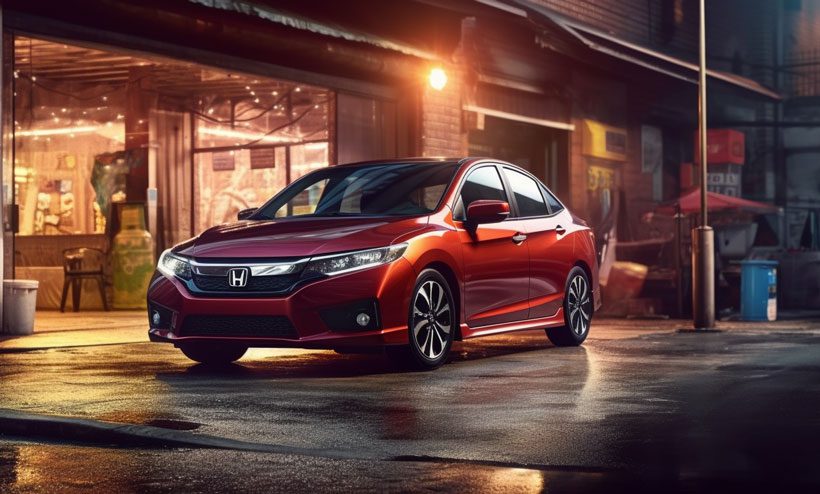
Consider the following:
- Brake system inspection: Inspect your brakes before deciding to drive with such. Check if they are operating as they should. Do not just assume.
- Regular fluid checks: Monitor your brake fluid levels regularly and maintain them at the recommended levels. Low brake fluid levels can affect brake performance and exacerbate ABS malfunctions.
- Tire maintenance: Ensure your tires are correctly inflated and have sufficient tread depth. Well-maintained tires provide better traction and contribute to overall vehicle stability during braking.
FAQs
Here are answers to questions that will come up in terms of driving while ABS light on.
If the ABS light comes on while driving, stay calm and take immediate action. Reduce your speed, maintain a safe distance from other vehicles, and drive cautiously. Safely reach your destination or a location where you can seek professional assistance.
Yes. However, resetting the ABS light will not address the underlying issue with the ABS. While resetting the light using an OBD-II scanner or disconnecting the battery is possible, it is not recommended.
The ABS light illuminates to indicate a malfunction or failure in the system. Resetting the light without addressing the underlying problem will result in the light coming back on.
Conclusion
The question remains: Can you drive with the ABS light on? It is possible to continue driving with the ABS light illuminated. But we strongly discourage it due to the potential safety risks and legal implications.
Ultimately, the decision to drive with the ABS light on rests with you – the driver. However, it is essential to weigh the risks involved. Your safety and the safety of others on the road should always be a top priority.

